Introduction About Lodhi Garden
Lodhi Garden is a beautiful park spread over 90 acres of land located in the centre of Delhi. It is a popular destination for morning walks, picnics and relaxation. The garden is named after the Lodhi dynasty who ruled in the 15th and 16th centuries. The garden has well-maintained gardens, serene lakes and several tombs and monuments dating back to the 15th century.
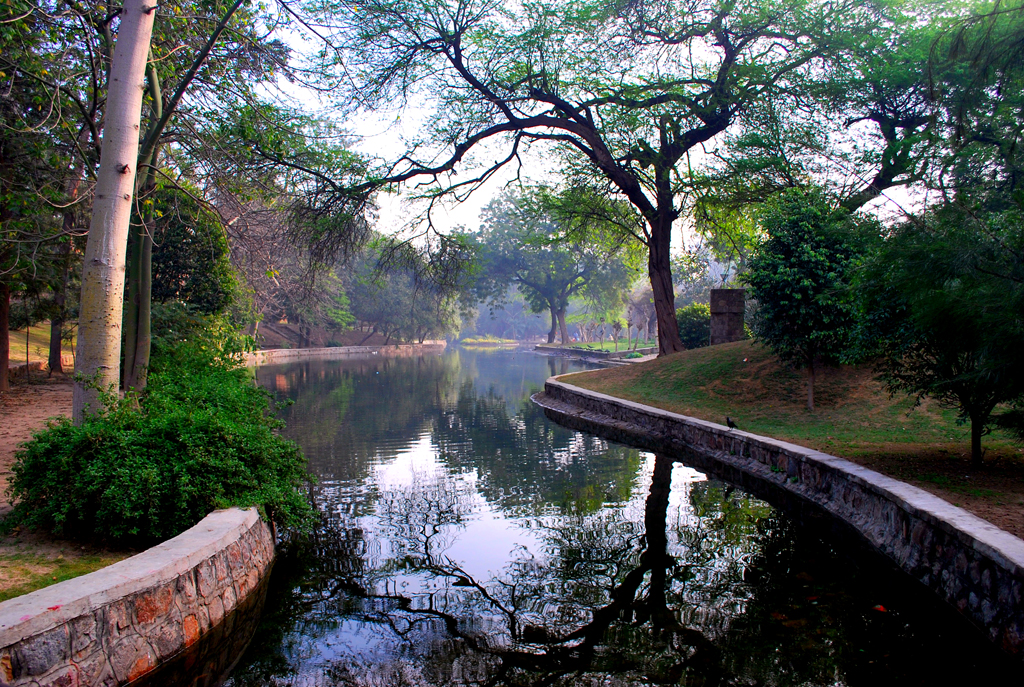
Delhi Famous Park About:
- It is an ideal place for nature lovers, history enthusiasts and photography enthusiasts.
- This garden displays the rich heritage and diversity of Delhi.
- Lodhi Garden with its serene and serene environment provides a respite from the hustle and bustle of the city.
- The Tomb of Muhammad Shah, one of the main attractions of Lodhi Gardens, is one of the earliest examples of the use of red sandstone in Mughal architecture.
- The mausoleum is situated in the centre of the garden and is surrounded by lush green gardens.
- In this, you can also see the tomb of Sikandar Lodhi, which is equally impressive.
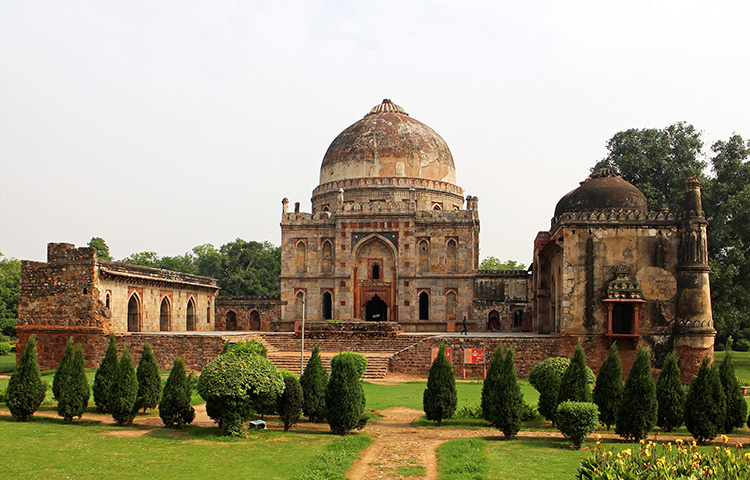
History of Lodhi Garden:
- The History of Lodhi Garden dates back to 1444 AD when the tomb of Mohammed Shah,
- The ruler of the Sayyad dynasty of the Delhi Sultanate was built here by his son, Ala-ud-din Ala Shah the last ruler of the dynasty.
- An important tomb located in the Garden is that of Sikandar Lodi from the Lodi dynasty, which was built by his son Ibrahim Lodi in 1517.
- Many other structures were also built here during the rule of Sayyad’s and Lodi’s.
- When the emperor Akbar sat on the throne of Delhi, he used the Lodhi Garden area as a museum and collected the archives in a library built for this purpose.
- Over time, the areas around these tombs developed into villages. In 1936, when the British were in power, they removed the villages and renovated the garden.
- Lady Willingdon, wife of the Marquis of Willingdon, landscaped the area and transformed it into a charming garden.
- The garden was officially inaugurated in 1936 and was named Lady Willingdon Park to honour her efforts.
- Therefore, it was earlier also known as Lady Willingdon Park.
- When the country gained independence in 1947, its name was changed to Lodi Garden.
- In 1968, the garden was again renovated by Joseph Stein, an American architect, who also installed a glasshouse in the garden.
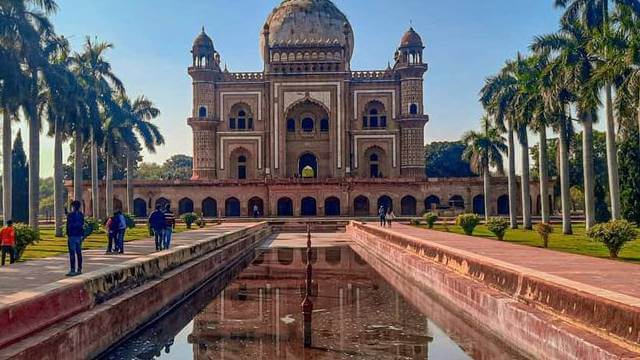
Timings & Entry fee in Lodhi Garden in Delhi:
- Entry to the garden is free and the garden is open from 5 am to 8 pm from April to September and from 6 am to 8 pm from October to March.
- By Metro: Metro is a convenient option to travel in Delhi. JLN Stadium metro station on the Violet Line is 1.5 km away from Lodhi Garden and Jorbagh metro station on the Yellow Line is 1 km away.
- By Road: One can take a DTC bus, auto rickshaw or app-based car/taxi to reach the nursery. It is easily accessible by road. DTC route numbers 366A, 344, 400, 521, 578A, 624ALinkstl, 719, 745, 878+578LTD, 970, 970A, 970B and 970C buses pass near Lodhi Garden.
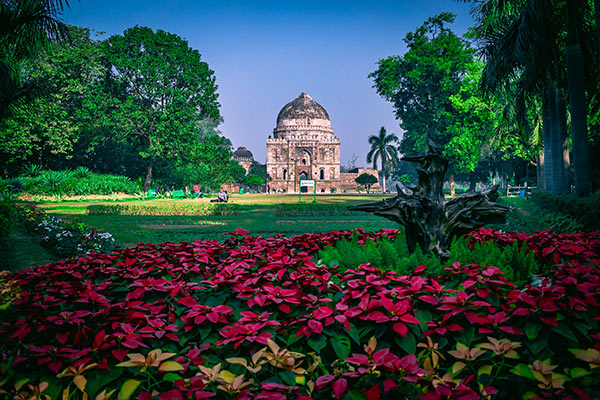
Other attractions near Lodhi Garden Delhi:
Sai Baba Temple: Located on Lodhi Road, 1.1 km from Sai Mandir Garden, Shirdi is dedicated to Sai Baba. The temple hosts many religious events throughout the year, including Sai Baba's birth anniversary and other festivals. The temple is a symbol of faith and devotion, which attracts people from all walks of life.
Hazrat Nizamuddin Dargah: Hazrat Nizamuddin Auliya Dargah, located 2.3 km from the Garden, is a Sufi dargah dedicated to the Sufi saint Hazrat Nizamuddin Auliya. Dargah is a pilgrimage site. The stunning architecture and intricate artwork of the Dargah reflect the rich cultural heritage of the region.
Humayun's Tomb: Humayun's Tomb is a magnificent mausoleum located 3.2 km from the Garden. This mausoleum built in the 16th century is included in the World Heritage. The mausoleum has Mughal-style architecture which displays the rich history and heritage of the Mughal Empire. It is a popular tourist destination.
Sunder Nursery: Located 2.6 km from the Garden, Sunder Nursery is a park established in the 20th century, which houses a collection of rare trees, plants and flowers. The park also has monuments from the Mughal era. It provides a good environment for nature lovers.
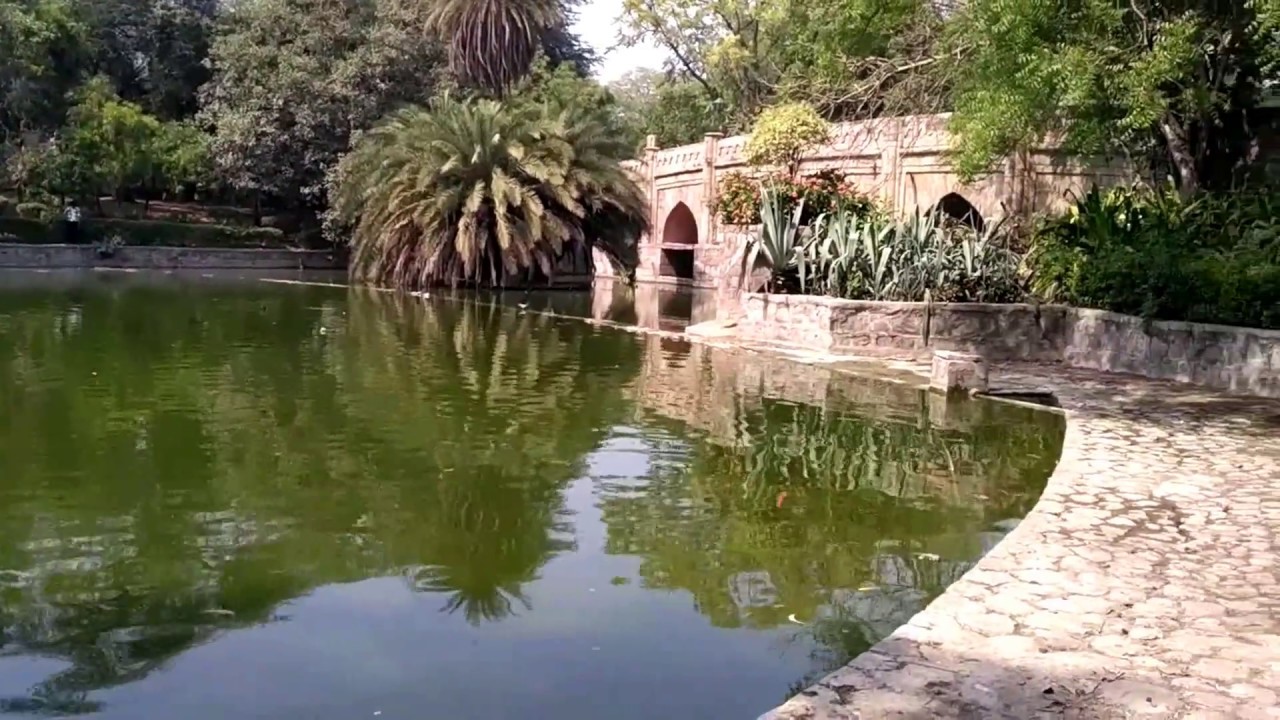
Hope this article was helpful to you and help you in gaining some knowledge. Comment Below and give some feedback
Don't Forget to Share this topic with your Friends. You can share this on Facebook, Twitter and You can also E-Mail.
Get Related Places to visit by clicking Here.
Please don't forget to Bookmark This site and get back Again. We keep Adding Valuable Content every day. So Please don't forget to Subscribe to our News Letter. If you are interested in cooking, check out our cooking section by clicking Here.


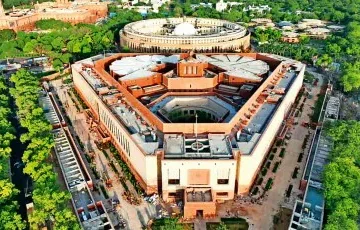
0 Comments